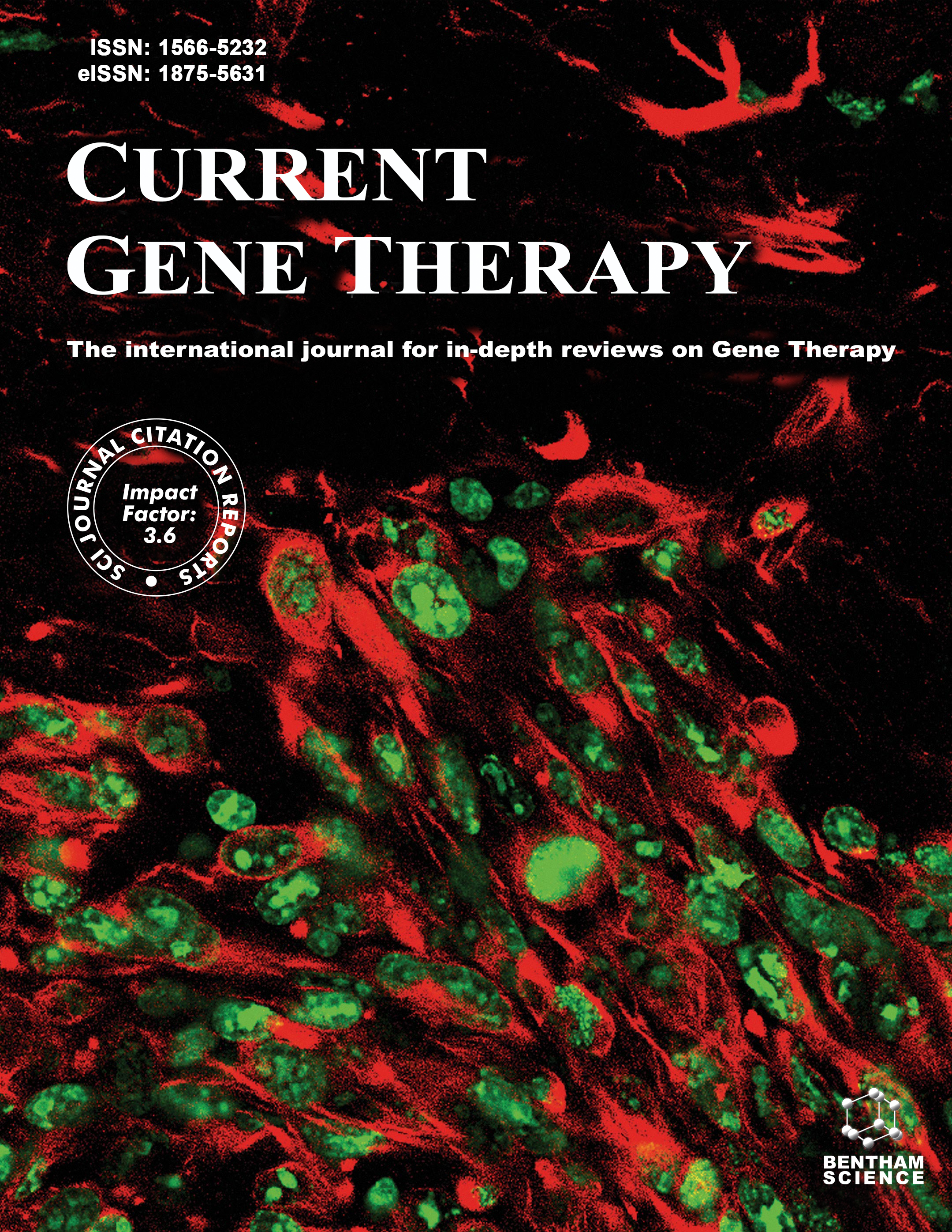
Full text loading...
Dementia is a comprehensive term that refers to illnesses characterized by a decline in cognitive memory and other cognitive functions, affecting a person's overall ability to operate. The exact causes of dementia are unknown to this day. The heterogeneity of Alzheimer's indicates the contribution of genetic polymorphism to this disease. This disease is the most prevalent and damaging illness. Studies indicate that the global prevalence of Alzheimer's disease (AD) exceeds 26 million individuals. Investigation of variations in many genes indicates that these variations may be linked to the susceptibility to AD. Additional genetic factors could potentially influence AD. Analysis of several single-nucleotide polymorphisms in this context reveals a correlation between certain variants and AD. Regardless, Alzheimer's disease is always influenced by a particular APOE gene allele. The study's findings indicate that risk of Alzheimer's disease (AD) is linked to polymorphisms in the following genes: BDNF, presenilin-1 (PS-1), presenilin-2 (PS-2), LRP, APP, CTSD,5-6HT, TREM2, TNF-α, LPL, Clusterin (CLU), SORL1 (Sortilin-Related Receptor), PICALM, Complement Receptor 1 (CR1), and APOE genes.

Article metrics loading...

Full text loading...
References


Data & Media loading...

